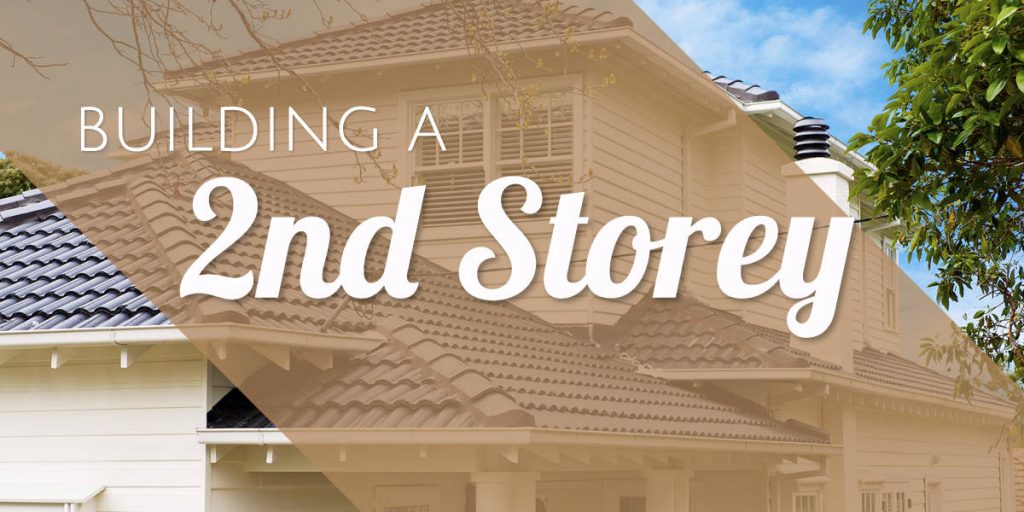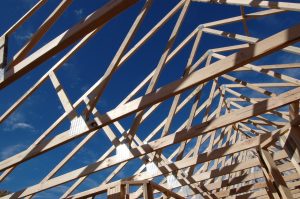Second Storey Extension Builders Melbourne
Adding an extension to your home is a brilliant way to create additional space without the hassle of moving house. One of the most common dilemmas we come across when people are considering extending a home is whether to build out or up. Building out means extending the floor level space of your home; building up means adding a second storey. In this post, we are going to look at some great reasons why to build a second storey and give you some essential information about the cost of building one and what building/planning permits are required.
Single Storey Housing in Australia
During the late nineteenth century in Melbourne, Victorian double-storey terraced housing was very popular, from the 3-4 bedroom salubrious residences of the middle-classes of Parkville and Carlton to the tight and often small homes of the working classes in places like Collingwood and Fitzroy. Over time the working-class areas began to transform into boarding houses and slums. In 1938, the Housing Commission of Victoria was established and as a result, new residences were built in the outer suburbs. Many of the residents of the working class areas moved to these outer suburbs, where the land was more plentiful and reasonably priced. This saw a proliferation of single storey homes being built, each with their own garden, and probably the reason why Australia has more single storey homes than the UK, where most people live in double-storey houses.
Today, however, Melbourne and its inner and outer suburbs are becoming more congested so there is now more of a requirement to increase house floor space without compromising the immediate outside area. Hence, more and more people are building a second storey on their existing home.
Great reasons to Build a Second Storey
There are many great reasons to build a second storey on your existing home. One of the major advantages is that you do not compromise the space around your house allowing you to keep, for example, your existing garden or backyard area. This is a really important consideration if you have a family, like to entertain outside or maybe love your vegetable patch or shed.
Another great advantage is that you can significantly increase your floor space even if you are on a small block of land; particularly relevant the closer you are to the inner city. Other significant reasons why you may want to build a second storey are:
- You can give your home a greater architectural expression. For example, building up adds dimension to your house giving it a more imposing presence.
- An upper level will provide natural insulation for your lower level which means keeping the heat out during summer and preventing heat escaping during winter (in Melbourne).
- Building up avoids potential site costs such as installing a new slab or footings; something required when extending outwards.
- You can enhance your view depending on where you are. For example, the second storey can introduce a city view, bay view or view of the leafy surrounding areas.
- You can add significant value to your property, especially if you are a single level property in an area that has many double storey properties.
Most double storey extensions that we build are used as bedrooms and a bathroom(s) so that all sleeping is contained upstairs. This means that any bedrooms that were previously downstairs can be converted to more living or activity space e.g. study, library, extended kitchen, separate entertaining area, rumpus room etc..
Just be aware that for a second storey to be a real advantage it is essential that you build more than just one room. By building only one room you will not gain any spatial advantage as you will lose space on the ground level from the stairs meaning that overall you will have no extra floor space.
Cost
Popular perception suggests that building a second-storey costs significantly more than extending a home outwards. In our experience, this is not the case and it very much depends on what is required and the condition of your building site. For example, extending a home outwards can mean a hefty cost in excavation and disposal and the installation of foundations.
An experienced extensions and additions builder will charge you about the same per square metre price for an upper floor shell as they would for a ground floor extension. The only extra cost, in our experience, is for the stairs, which is on average about $4-6000.
In terms of the cost of cooling or heating an upper storey there is little difference to that of a ground floor extension. Insulating an upper storey is about the same as insulating a single storey. A second storey does add an extra layer of insulation resulting in the ground floor being cooler during the summer months whilst also providing opportunities for cooling through *chimney stack ventilation effect if designed correctly. Generally speaking, only heating is required on the ground floor and air-conditioning on the upper level and maybe in the main living area at ground level.
*The chimney stack effect is a natural phenomenon that occurs when the density difference between hot and cold air creates a natural flow effect (natural ventilation) by removing the rising hot air and introducing fresh cooler air from below.
Planning and Building
When deciding whether to add a second level, the first consideration is whether the existing structure is strong enough to hold another storey. A great building practitioner will be able to let you know from the outset. In our experience, we find that in most situations second-storey extensions are doable.
One of the challenges in designing a second storey is where to put stair access. Most people do not realise how much space a staircase can take – often it requires forfeiting the best part of a small room (approx. 4m2) downstairs to accommodate it. Therefore, some redesign of your ground level is always required.
It’s also really important from an aesthetical, functional and value perspective that the second storey blends in with your original property giving it the appearance that it was built at the same time. This is where hiring a designer-builder is a major advantage.
Before having your plans drawn up it is essential to check the rules and regulations of your local council. There are specific rules covering areas such as not blocking out neighbours’ sunlight and regulations to prevent your extension ‘overlooking’ neighbouring properties.
Also, the existing structure needs to be considered and taken best advantage of to attain an aesthetic and efficient result.
In most cases, a second storey can be built whilst you still occupy a part of your home. However, builders will need access to your home throughout the construction process and in some cases, it will require you to move out of your house, especially if your bathrooms, kitchens and laundry are affected, which is usually more to do with ground-floor changes.
Conclusion
Building a second storey on your home is a great way to increase your living space whilst keeping your outside space untouched. It also provides your home with a superior presence and aesthetic which adds financial value to your property itself and also increases your living comfort. Often.. the only way is up!




